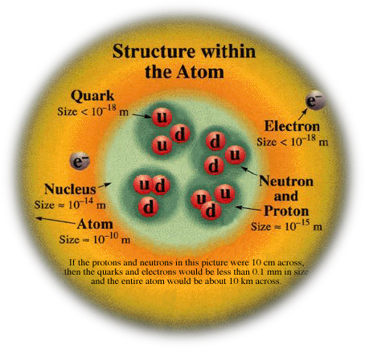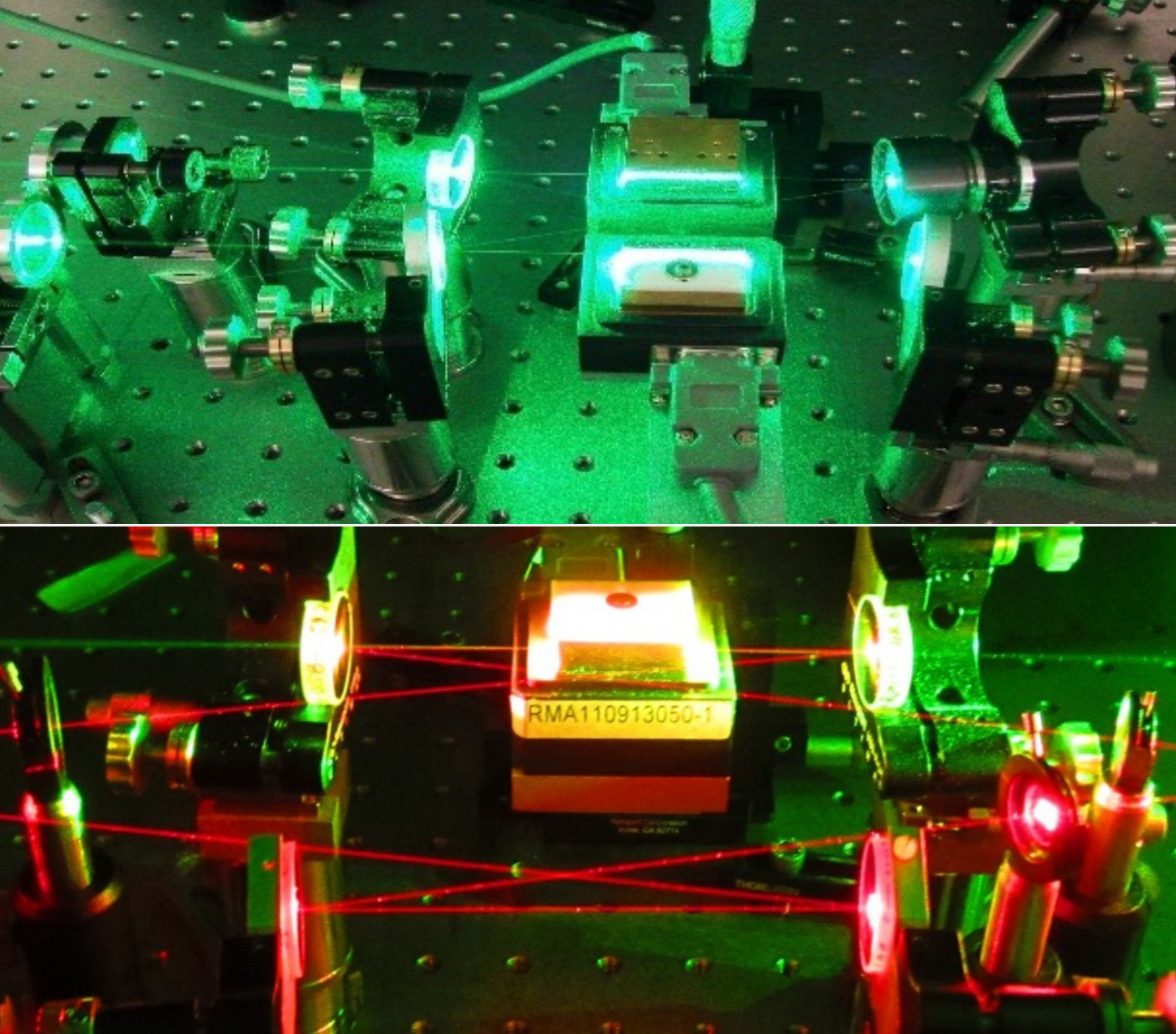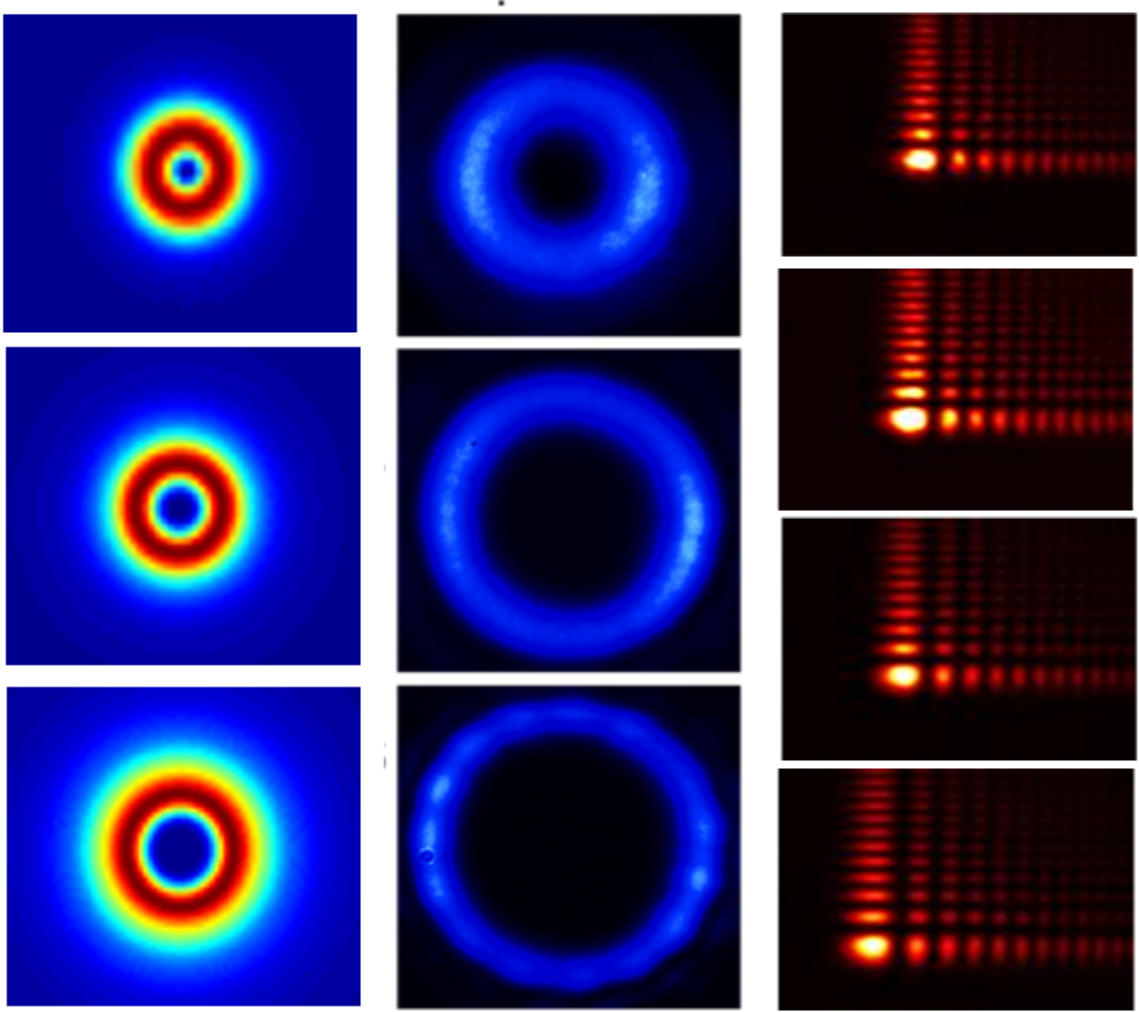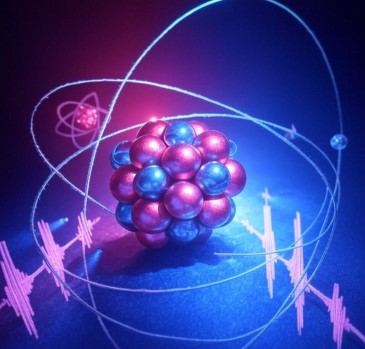|
Chairperson: Prof. B. K. Sahoo
Overview
Atomic, Molecular and Optical Physics (AMO-PH) is interdisciplinary in its nature and covers a wide range of topics starting from foundations of quantum mechanics to astrochemistry and luminescence dating. Along with classical and quantum properties of light, we investigate atoms, molecules, molecular clusters or condensed matter systems using a vast range of electromagnetic spectrum and other sources like high energy electrons and charged ions for basic as well as applied research. Also, Accurate knowledge of spectroscopic properties of atomic systems are required in many areas of physics. These data are useful to guide laboratory measurements and analyzing data observed using astrophysical and space-research instruments. Sophisticated many-body methods in the relativistic theory framework are developed to determine a variety of atomic properties very accurately.
We are currently hosting the 10th Student Conference on Optics and Photonics (SCOP) and the 48th Optical Society of India Symposium (OSIS) during 8-12 December 2025
SCOPOSIS 2025 will bring together more than 100 invited talks, 75 contributory talks, and over 200 poster presentations from diverse fields at the frontier of optics and photonics. Spanning five days, the event kicks off with a two-day workshop featuring 15+ tutorials, followed by a three-day conference packed with plenary talks, evening lectures, a thesis competition, and more. Hosted at PRL, the birthplace of the Indian space program, the conference also includes discussions on research at PRL, visits to various optical science labs, and opportunities to interact with the OPTICA Student Chapter.
We have initiated the Quantum Science and Technology Program to undertake research activities in the fast-emerging field of quantum information science.
Areas of Research
|
|
|
|
|
|
|
|
 |
|
|
_(1)-01-05-2025-11-49-07.png) |
|
|
 |
| Our main research interests lie in studying: Atomic Clocks, Parity and Time-reversal Symmetry Violations in Atomic Systems, Hyperfine Interactions, Plasma Embedded Atomic Structure, Multi-polar Electromagnetic Polarizabilities of Atoms, Isotope Shifts, Development of Relativistic Many-body Methods and Cold Atom Physics |
|
|
Our main research interests lie in studying: Chemical transformations in astrochemical ices under electron, UV/VUV photon, and ion interactions at low temperatures; shockwave-driven processing of biomolecules and interstellar dust analogs at high temperatures; IR and VUV spectroscopy of astrochemical ice analogs to explore molecular evolution in astrochemistry and astrobiology.
|
|
|
Our main research interests lie in studying: High-brightness entangled and spatially structured single photon sources for quantum applications; quantum sensing, imaging, and communication; nonlinear optical effects and structured beam interactions for advanced photonics research.
|
|
|
|
|
Attosecond Physics Group
|
|
|
Crystal Defects and Luminescence Group
|

|
|
|
 |
|
|
_(Custom)-01-05-2025-17-33-19.png) |
| Our main research interests lie in studying: Single photon generation via spontaneous parametric down conversion; heralded twisted photons with orbital angular momentum for enhanced quantum encoding; quantum communication, sensing, and computation utilizing polarization, time-bin, and path degrees of freedom. |
|
|
We probe the evolution of molecular wave packet using ultrafast laser. In molecules, the electron dynamics is in attosecond time range and nuclear dynamics ranges from picosecond to femtosecond. We probe and control these dynamics at their natural time scales. |
|
|
Our main research interests lie in studying: Luminescence properties of defects in natural and artificial phosphors; quantum tunneling effects in phosphors and radiation dosimeters; spectral tunability for efficient solar cells and quantum sensing using vacancy defects in diamonds and SiC. |
Laser Plasma Spectroscopy Group
|
|
|
Quantum Materials and Nanophotonics Group
|
|
|
Quantum Network and Metrology group
|
-01-05-2025-18-46-54.jpg)
|
|
|
_(Custom)-01-05-2025-19-27-25.png) |
|
|
-02-05-2025-14-13-01.jpg) |
| Our main research interests lie in studying: Laser-induced breakdown spectroscopy (LIBS) for elemental analysis of metals; plasma characterization and spectral diagnostics for material identification |
|
|
Our main research interests lie in studying: Fundamental light-matter interactions at the single atom-single photon level; control and manipulation of quantum interactions; applications in quantum technologies, including sensing, communication, and computation. |
|
|
The group investigates elementary components of a quantum network, which includes single photon sources, quantum memories, quantum frequency converters and their optical interfaces. The group also investigates quantum metrology at mid-infrared wavelengths that is based on induced coherence. |
Affiliations
|






_(1)-01-05-2025-11-49-07.png)



_(Custom)-01-05-2025-17-33-19.png)
-01-05-2025-18-46-54.jpg)
_(Custom)-01-05-2025-19-27-25.png)
-02-05-2025-14-13-01.jpg)